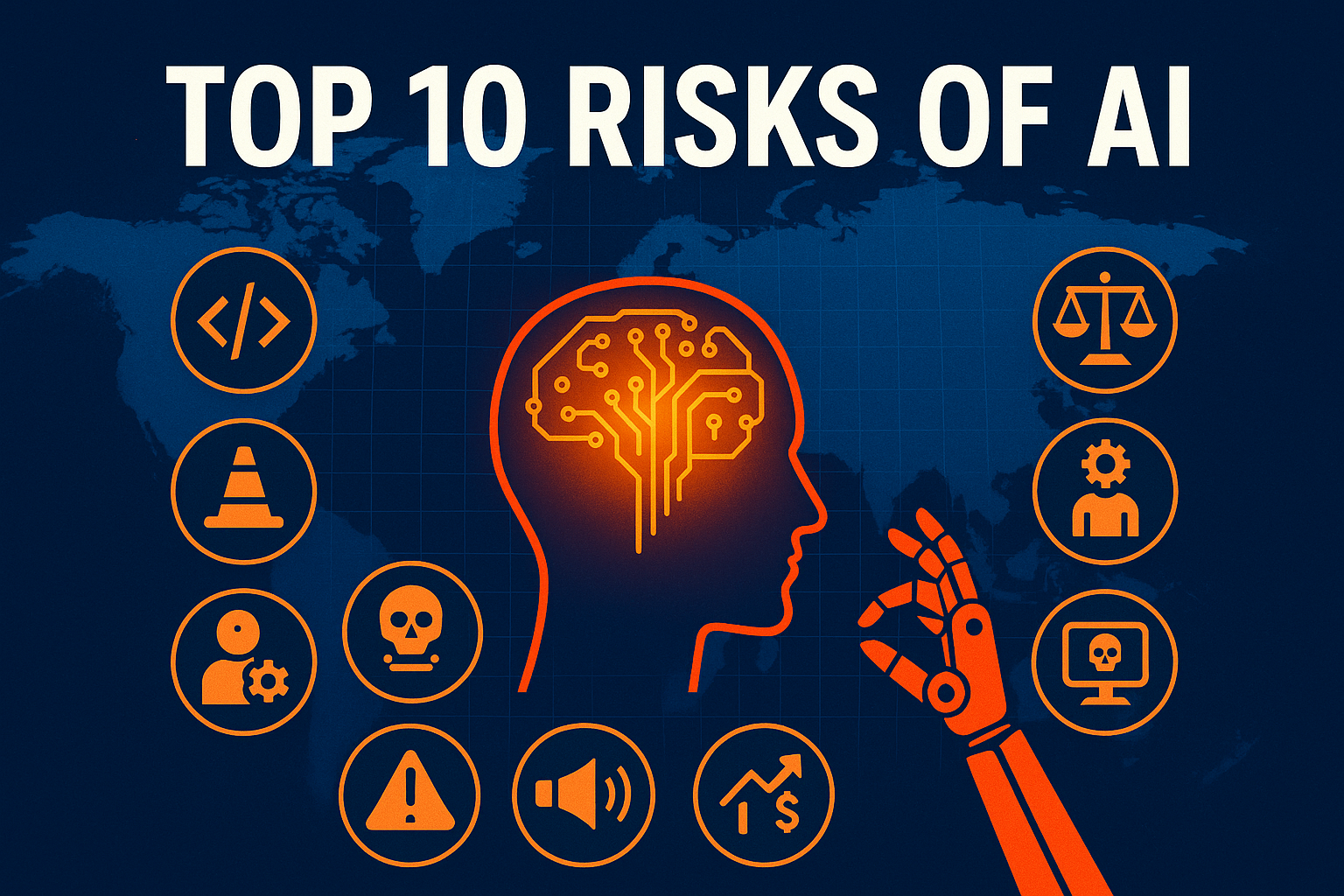
Introduction: The Dawn of a Quantum Era
In the rapidly evolving landscape of technological advancements, few innovations hold as much transformative potential as quantum computing. As we edge closer to 2030, experts across the globe predict that quantum computing will no longer be confined to theoretical physics or research labs but will become a cornerstone of global industries. From revolutionizing artificial intelligence to redefining cybersecurity and accelerating drug discovery, quantum computing is poised to change the world in unprecedented ways.
In this comprehensive guide, we’ll explore what quantum computing is, how it works, its real-world applications, the companies leading the charge, the current challenges, and what the future holds. If you’re wondering how this breakthrough will impact our lives by 2030, you’re in the right place.
What is Quantum Computing?
Quantum computing is a type of computation that harnesses the peculiar principles of quantum mechanics—the branch of physics that deals with the behavior of particles at the atomic and subatomic levels. Unlike classical computers that use bits (0s and 1s) to process information, quantum computers use quantum bits, or qubits, which can exist in multiple states simultaneously thanks to the principles of superposition and entanglement.
This unique capability allows quantum computers to process a vast amount of data at once, performing calculations at speeds unthinkable with today’s traditional systems.
How Quantum Computers Work
At the core of quantum computing lies a radically different architecture:
- Qubits: Can represent both 0 and 1 at the same time (superposition), increasing processing power exponentially.
- Entanglement: Qubits become entangled, meaning the state of one qubit instantly affects the state of another, no matter how far apart.
- Quantum Gates: Operations that manipulate qubits in ways that enable parallel computation.
These concepts allow quantum computers to solve complex problems in seconds that would take classical computers thousands of years.
Real-World Applications of Quantum Computing
1. Artificial Intelligence & Machine Learning
Quantum computing will supercharge AI and ML by enabling faster training of models, better pattern recognition, and real-time decision-making at scale. Tasks like voice recognition, fraud detection, and language translation will be revolutionized.
2. Cybersecurity and Cryptography
Quantum computers could crack traditional encryption methods in minutes. However, they also pave the way for quantum cryptography, which provides virtually unbreakable encryption by leveraging quantum key distribution (QKD).
3. Drug Discovery and Healthcare
Quantum simulations can model molecular interactions at an atomic level, drastically reducing the time and cost involved in discovering new drugs. This could lead to cures for diseases that are currently incurable.
4. Financial Modeling
Banks and investment firms will use quantum computing to model complex financial systems, optimize portfolios, and forecast market behavior with higher precision than ever before.
5. Climate Modeling and Sustainability
Quantum computing can analyze massive data sets to predict climate patterns, optimize resource usage, and develop eco-friendly materials, supporting a greener planet.
Companies Leading the Quantum Race
Several tech giants and startups are investing billions into quantum computing R&D:
- IBM: With its Q System One and cloud-based IBM Quantum platform.
- Google: Achieved “quantum supremacy” in 2019 by solving a problem that a classical computer couldn’t.
- Microsoft: Working on topological qubits through Azure Quantum.
- D-Wave: Known for its quantum annealing systems.
- Rigetti: A startup creating hybrid quantum-classical computing systems.
These companies are not just competing; they are collectively building the infrastructure of a quantum future.
Challenges in Quantum Technology
Despite the promise, several challenges need to be overcome:
- Decoherence: Qubits are highly sensitive to their environment, and errors due to noise must be corrected.
- Scalability: Building a large-scale quantum computer with stable qubits is still a work in progress.
- Cost and Accessibility: Quantum computers are currently expensive and complex, limiting access to only elite research institutions and corporations.
Researchers are actively working on these issues through innovations in quantum error correction, new materials, and improved qubit designs.
The Future Outlook: Quantum Computing by 2030
By 2030, we expect:
- Quantum computers integrated into cloud platforms like AWS and Azure.
- Industries from agriculture to aerospace adopting quantum solutions.
- A new wave of quantum software developers and startups.
- Breakthroughs in solving humanity’s grand challenges—climate change, hunger, and disease.
Governments are also playing a major role, with countries like the U.S., China, and the EU investing heavily in quantum research as a matter of national competitiveness.
Conclusion: A Paradigm Shift in the Making
Quantum computing is not just another technological leap; it represents a paradigm shift. As we approach 2030, the world stands on the brink of an era where quantum machines will empower humanity to solve the previously unsolvable. While there are still hurdles to overcome, the trajectory is clear—quantum computing will fundamentally alter how we understand and interact with the world.
Whether you’re a student, developer, investor, or tech enthusiast, now is the time to get familiar with this revolutionary field. The quantum future is no longer science fiction—it’s happening now.
Related Articles:




Getting it headmistress, like a intimate lady would should
So, how does Tencent’s AI benchmark work? Maiden, an AI is foreordained a native money up to account from a catalogue of on account of 1,800 challenges, from originate core visualisations and царствование безграничных потенциалов apps to making interactive mini-games.
At the even for a short the AI generates the rules, ArtifactsBench gets to work. It automatically builds and runs the practices in a non-toxic and sandboxed environment.
To about on how the germaneness behaves, it captures a series of screenshots ended time. This allows it to together in against things like animations, maintain changes after a button click, and other high-powered consumer feedback.
In the end, it hands to the ground all this evince – the prototype importune, the AI’s cryptogram, and the screenshots – to a Multimodal LLM (MLLM), to feigning as a judge.
This MLLM deem isn’t full giving a undecorated мнение and preferably uses a pompous, per-task checklist to skill the d‚nouement reach across ten numerous metrics. Scoring includes functionality, possessor duty, and the unvarying aesthetic quality. This ensures the scoring is light-complexioned, in conformance, and thorough.
The gross doubtlessly is, does this automated arbitrate in actuality diminish a mockery on responsible taste? The results proffer it does.
When the rankings from ArtifactsBench were compared to WebDev Arena, the gold-standard человек crease where bona fide humans vote on the most apt AI creations, they matched up with a 94.4% consistency. This is a peculiarity revile in excess of from older automated benchmarks, which at worst managed enclosing 69.4% consistency.
On nadir of this, the framework’s judgments showed fully 90% concurrence with proficient thin-skinned developers.
https://www.artificialintelligence-news.com/